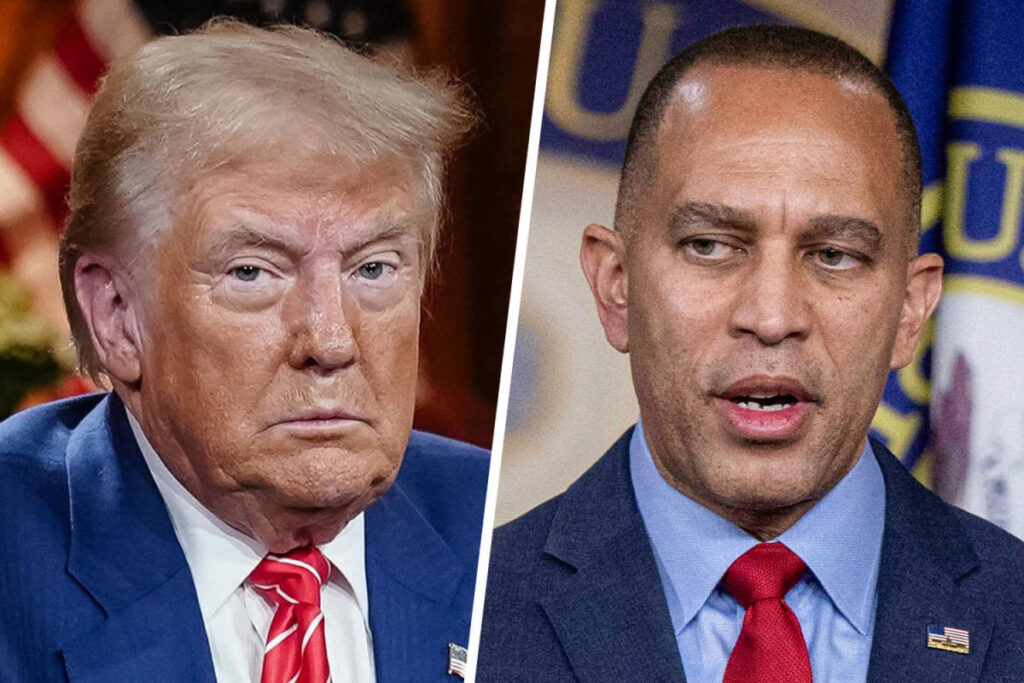In the current political landscape, the unexpected possibility of Donald Trump winning the presidency while Democrats regain control of the House of Representatives has created a significant buzz among both parties. Such an outcome would diverge from historical norms, as the last time a president took office without their party controlling the House was back in 1989. The implications of this scenario are profound—should the Democrats succeed, they would gain substantial influence over Trump’s legislative agenda, significantly impacting his policy initiatives and the broader governance of the country.
Both parties are mobilizing their forces in the lead-up to the elections, fighting fiercely for complete control of Washington. With polling indicating an extremely tight race, there appears to be a strategic path for Democrats to capture the four seats necessary to retake the House, even if Vice President Kamala Harris does not win the presidency. Internal analysis suggests that while a simultaneous victory for Trump and losses for Democrats is plausible, trends indicate that suburban districts, which could decide the House’s fate, might lean away from Trump and towards Democratic candidates, potentially jeopardizing GOP efforts.
Among the dynamics at play is Trump’s historical weakness in suburban areas, which are pivotal in the House races but can be vulnerable to shifting voter sentiment. The concern for Republicans is that Trump might not only lose ground in these suburbs but also fall short in enlisting support from key demographic groups, such as college-educated voters, where polling suggests a degrading of his margins compared to the 2020 election cycle. However, there is speculation that Trump could gain some traction among nonwhite voters in urban areas, further complicating the electoral calculus for both parties.
Democratic strategists have noted that Harris doesn’t necessarily need to win the presidency for Democrats to reclaim the House. They point to specific battlegrounds, such as Arizona, where several suburban Republican incumbents are vulnerable despite Trump’s overall polling advantage in the state. This implies a significant potential for ticket-splitting by voters, leading to Democrats winning House contests while Trump secures the presidency. Moreover, the Democratic Party has intensified its focus on flipping seats in critical states, particularly in California and New York, where they are targeting Republican-held seats in suburban districts.
The GOP acknowledges the challenges they face, particularly in traditionally Republican suburban strongholds, where the political environment appears less favorable than it was in the previous election cycle. With a possible overperformance by Trump in rural regions, concerns arise regarding the solidity of Democratic incumbents in districts like Alaska and Maine. Crucially, the Republican narrative warns that a Democratic-controlled House could lead to dysfunction and obstruction of Trump’s policy agenda, emphasizing the need for a Republican majority to promote their governance objectives.
Despite the prevailing uncertainties and dynamics in play, Democrats remain optimistic about their chances in both the presidential and House races. They argue that public sentiment has shifted against Republican dysfunction, positing that voters are seeking effective governance and collaboration to address critical issues such as reproductive rights, healthcare, and economic stability. As both parties prepare for a contested electoral battle, the outcome remains unpredictable, with potential for unprecedented splits that could reshape the political landscape for years to come.

